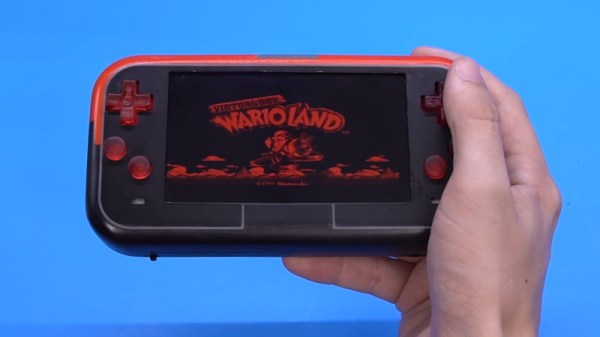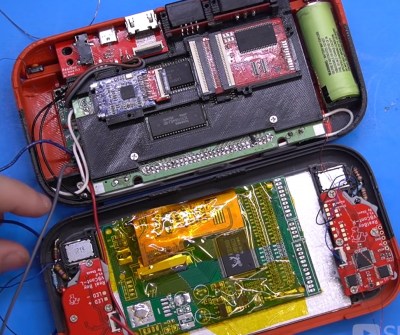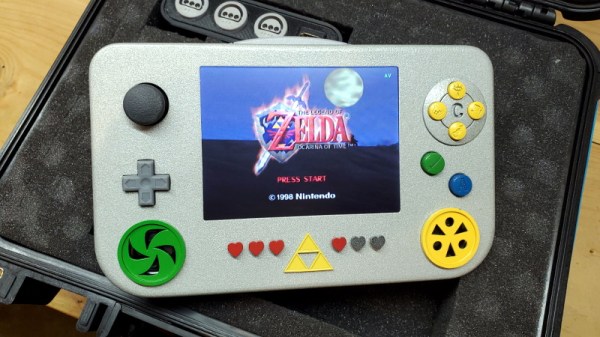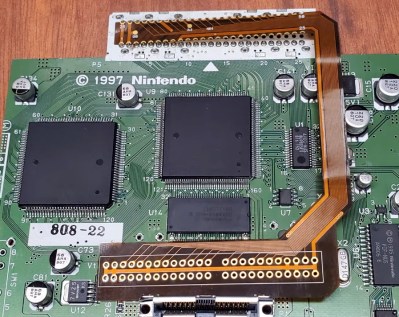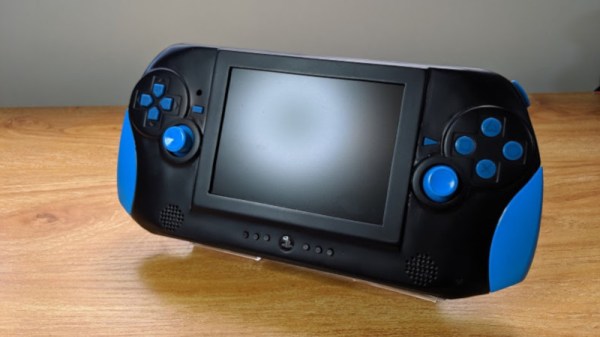The original Nintendo Wii was not a big console, per se, but you could never hope to fit one in your pocket. Or…could you? As it turns out, console modders [Wesk] and [Yveltal] reckon they have found a way to make a functional Wii at the keychain scale!
The concept is called the Kawaii, and as you might expect, some sacrifices are necessary to get it down to pocketable size of 60 x 60 x 16 mm. It’s all based around the “Omega Trim,” an established technique in the modding community to cut a standard Wii motherboard down to size. Controllers are hooked up via a dock connection that also provides video out. There’s no Bluetooth, so Wiimote use is out of the question. You can still play some Wii games with GameCube Controllers by using GC2Wiimote, though. The Wii hardware is under-volted to allow for passive cooling, too, with an aluminum enclosure used to shed heat. Custom PCBs are used to handle power and breakouts, which will be open sourced in due time.
The forum post featured an expression of interest for those eager to order aluminium enclosures to pursue their own Kawaii build. Slots quickly filled up and the EOI was soon closed.
As of now, the Kawaii is still mostly conceptual, with images being very compelling renders. However, it relies on established Wii modding techniques, so there shouldn’t be any shocking surprises in the next stage of development. Expect to see finished Kawaii builds in gorgeous machined aluminum housings before long.
We’ve seen some other great Wii portables over the years. The console remains cheap on the used market and was built in great numbers. Thus, it remains the perfect platform for those eager to get their feet wet in the console modding community!



